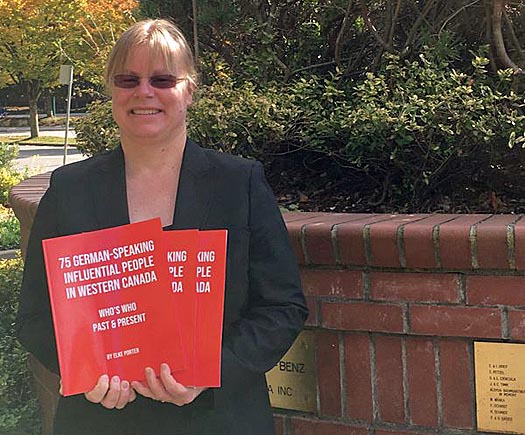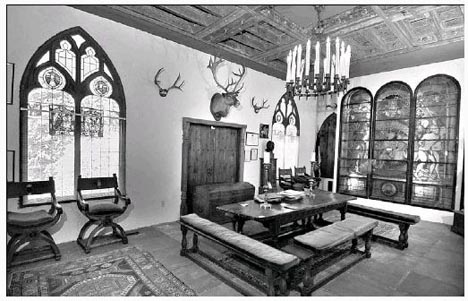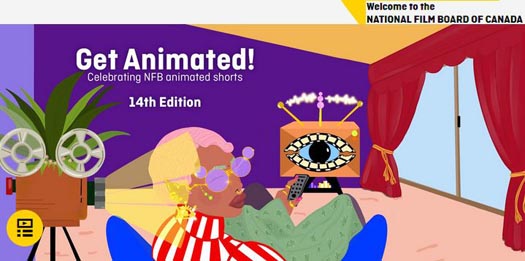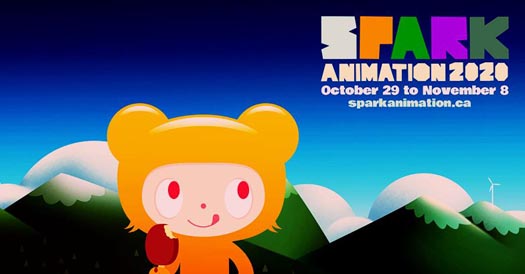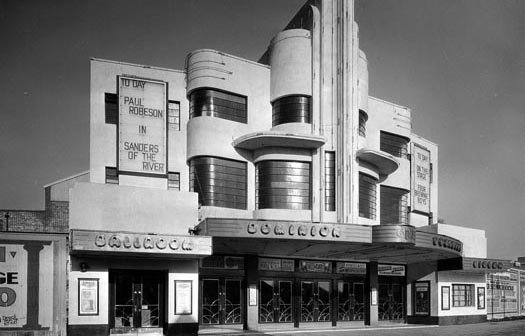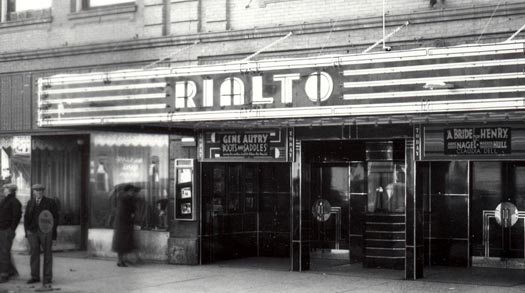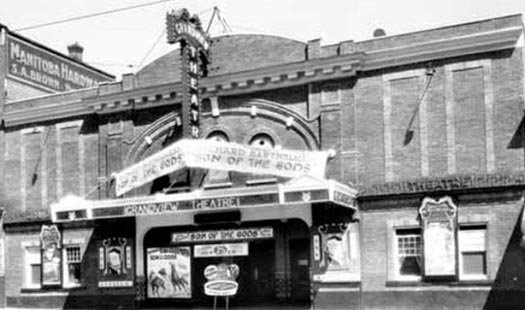
Movie theatres have endured world wars, depressions and recessions, and the advent of everything from television to streaming. But COVID-19 and the public health crisis it has generated this year around the globe represents an existential threat to the cinema business like no other.
The novel coronavirus pandemic is upending the movie business.
Once upon a time, a handful of big studios spent billions of dollars making movies, and marketing and distributing those movies to theatres across the globe. But over the past two decades, with a surge in content and streaming delivery services, the old way of doing things has been shifting.
Then, in early March of this year, COVID-19 started spreading across the globe in a big way. The first thing that happened was a bunch of blockbusters got moved: Black Widow Disney’s latest Marvel superhero adventure, was bumped from its May 1, 2020 release date to May 7 2021. That followed news Disney had delayed Mulan, originally slated for March 27, the film moved to Disney Plus — at $29 a pop for young families.
Ditto Warner Brothers’ Wonder Woman 1984, which was moved from this year to who knows when, and No Time to Die, the 25th 007 movie, about which there’s speculation that it, too, will soon become a VOD title.
Paramount’s A Quiet Place Part II (April 23 2021), and Universal’s F9, the latest in the Fast & Furious franchise were also moved (May 28, 2021).
Together, it was estimated that those movies would have brought in somewhere north of $1 billion at the box office in 2020.
“There’s never been a situation like this,” says IndieWire film critic, Eric Kohn. “Fear of the unknown is never a good thing. We’ll return to normalcy at some point, but as we ride this out, there’s going to be near-term pain.”
As Hollywood traverses uncharted territory, studio executives are pleading for patience. “We will get to the other side,” Jim Orr, president of domestic distribution for Universal Pictures, recently told respected industry trade publication Variety. “How long is all of this lasting? Nobody knows.”
Theatre owners believe that after two years of declining box office sales, business will return to normal, and they will see record high box office in 2021, as Hollywood releases a truckload of franchise sequels. The haul includes four films from the Marvel universe — Shang-Chi and the Legend of the Ten Rings (July 9, 2021); Doctor Strange in the Multiverse of Madness (tbd); Spider-Man 3 (tbd) and Thor: Love and Thunder (February 18, 2022) — as well as Jurassic World: Dominion (June 10, 2022)The Batman (March 4, 2022), Mission: Impossible 7 (tbd), Guardians of the Galaxy Vol. 3 (August 6, 2021) and Avatar 2 (December 16, 2021).
“When the 2021 box office eventually is reported, we believe it will be the pessimists and the naysayers who will turn out to have been wrong,” AMC chief Adam Aron told industry analysts in a zoom call earlier this month..
“This year’s box office is going to look like the biggest asterisk you’ve ever seen,” says Kohn. “You’ll never be able to compare 2020 to any other year and have it mean anything. It’s simply going to be a lost year.”
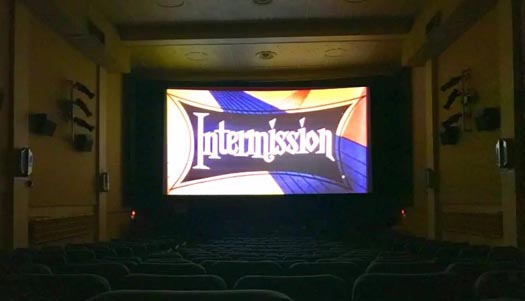
As Barry Hertz wrote in the Globe and Mail earlier this year, “All audiences can do now is hold out hope for a Hollywood ending.”


